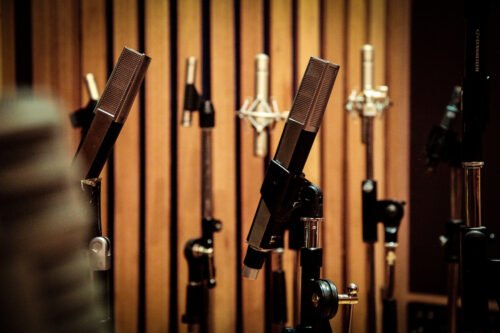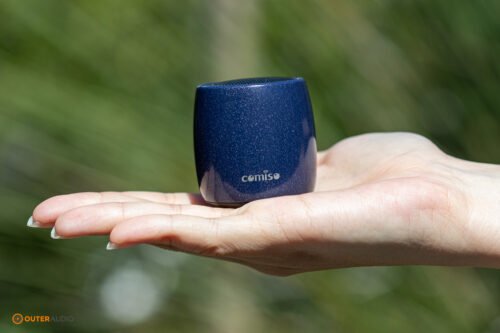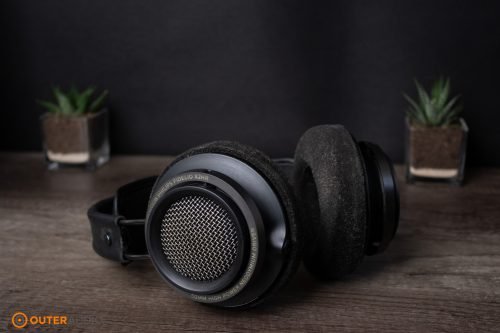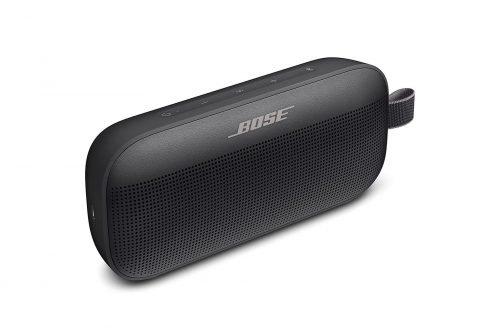Home audio systems with wireless technology have become increasingly popular as more people seek to enjoy high-quality sound in their homes. Whether you’re passionate about audio or just looking for a better listening experience with your home audio, there are a variety of audio systems to choose from, each with its unique features and capabilities.
Wireless connectivity has revolutionized the way we listen to music in our homes. With various options available, it can be challenging to determine the best choice for your home stereo setup. Wi-Fi and Bluetooth are two of the most popular wireless technologies for home audio. For the last 15 years, Bluetooth has been the go-to choice for home audio equipment, but with Wi-Fi technology becoming more prevalent, you may be wondering which is best for you and why.
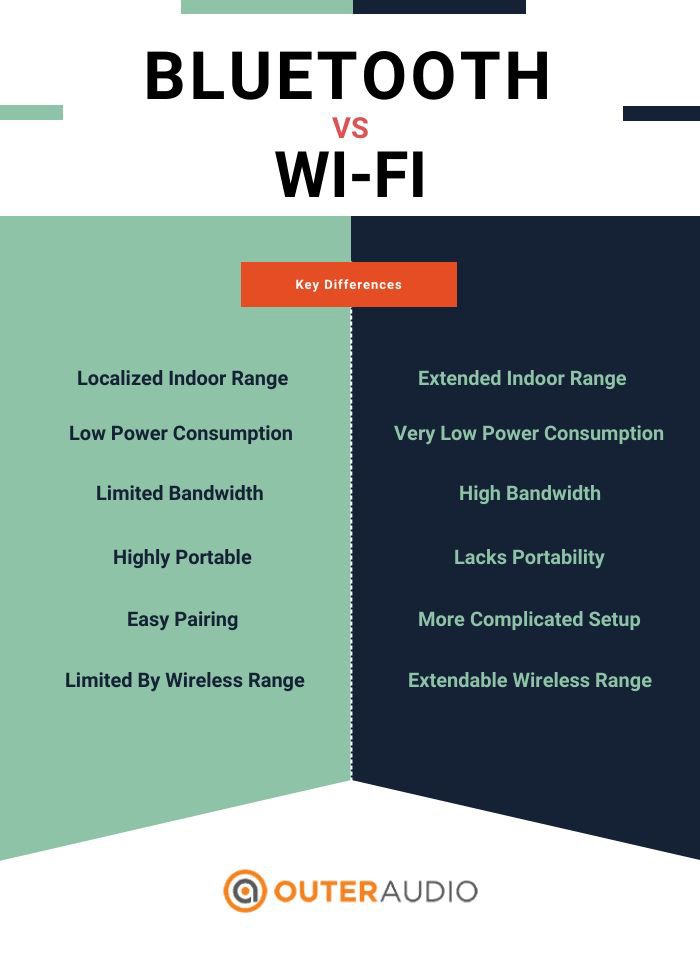
WiFi – How Does it transmit audio?
Wi-Fi, short for Wireless Fidelity, is a wireless networking technology that uses radio waves to provide high-speed internet and network connections. Wi-Fi allows devices to connect to the internet and communicate with each other over a wireless network, making it an ideal choice for home audio systems that require a high-speed, reliable connection for streaming music.
Audio transmission over Wi-Fi sends data packets over a wireless network, which are then decoded by the receiving device. This is made possible by several different technologies and protocols, including Wi-Fi Direct, UPnP (Universal Plug and Play), and DLNA (Digital Living Network Alliance).
Wi-Fi Direct is a technology that allows two Wi-Fi-enabled devices to connect directly without the need for a wireless router. This makes it ideal for transmitting audio, as it provides a fast and reliable connection for streaming music.
UPnP is a technology that allows devices to discover and communicate with each other over a network. This makes it easy for audio devices to find each other and stream music without manual setup or configuration.
DLNA is a standard that defines how audio and other media content is transmitted over a network. DLNA-certified Devices can communicate with each other to stream music, making it easy for homeowners to create a multi-room audio system.
Once the connection has been established, the audio data is sent in the form of digital packets, which are then decoded by the receiving device. The audio data is transmitted in a format compatible with the receiving device, such as MP3, AAC, or FLAC, ensuring high-quality sound.
Wi-Fi is an effective and convenient way to transmit audio, offering fast and reliable connections, high-quality sound, and a range of technologies and protocols to ensure compatibility with a variety of devices. Whether you’re streaming music from a smartphone, tablet, or computer, Wi-Fi provides a flexible and convenient way to enjoy your favorite tunes.
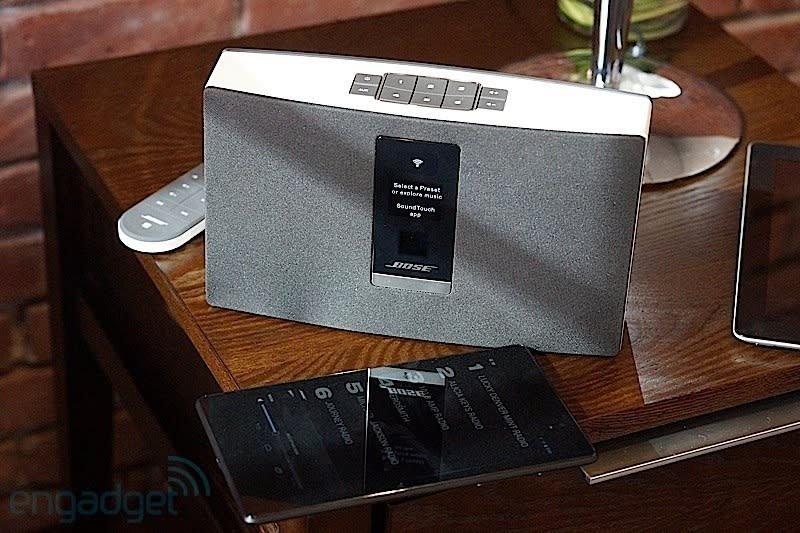
How Does Bluetooth Audio Work?
Bluetooth is a wireless technology widely used for transmitting audio in home and portable audio systems. It uses a short-range radio frequency (RF) transmission to send and receive audio signals between two or more devices.
When a Bluetooth-enabled device, such as a smartphone or tablet, is connected to a Bluetooth speaker, it sends the audio data as digital packets over the Bluetooth connection. The data is transmitted using an encrypted low-power radio signal to ensure secure and private communication.
One of the key benefits of Bluetooth is its ability to transmit audio over long distances, typically up to 33 feet, making it ideal for home use. Bluetooth also allows multiple devices to connect to the same speaker, making it easy for several people to share music or audio content.
Bluetooth audio is supported by various audio devices, including smartphones, tablets, laptops, and speakers. This makes it easy for users to connect their devices to a Bluetooth speaker or other audio system and enjoy high-quality sound.
So Which One is best for me?
When choosing between Wi-Fi and Bluetooth for your home audio system, there are several factors to consider.
Comparing Range
One of the biggest differences between Wi-Fi and Bluetooth is their range. Wi-Fi has a much larger range potential than Bluetooth, allowing your network configuration to determine how far your connectivity extends. This allows you to connect to the internet and stream music from anywhere in your home that receives a Wi-Fi signal. Having your range dependent on your Wi-Fi networks allows you to increase your range coverage over time using products like wireless extenders.
On the other hand, Bluetooth has a limited range, making it ideal for portable devices but less practical for home audio systems. As Bluetooth improves with each new version update, we see better range being offered – but another limiting factor in home audio is that Bluetooth also struggles to transmit audio between rooms where thick walls and obstacles separate the two devices. At the same time, this isn’t as much of an issue for WiFi connections.
In many cases, a Bluetooth home speaker will still be completely viable. It will allow you to connect and control it within a reasonable range. This works fine if you’re in the same room as your speakers, but if you want to control your audio from other rooms, Wi-Fi is the clear winner.
Portability
As we touched on, Bluetooth is far better for portability, as a Wi-Fi-only speaker can only be used in the range of your Wi-Fi network. Bluetooth, on the other hand, can be used anywhere, as long as you’re in range of your device. Thankfully, you don’t need to settle for one or the other these days, as several speakers now offer Wi-Fi and Bluetooth connectivity. This gives you all the benefits of Wi-Fi connectivity when at home and the benefits of Bluetooth speakers when you want to take the speaker away from your network.
Smart Features
Because Smart features like Alexa, Google Assistant, and others require a direct internet connection to function, these features will only be found on Wi-Fi-supported speakers. So if you are looking for a home speaker with smart features, you either need to opt for a Wi-Fi speaker or pair your supported Bluetooth speaker with another Smart Speaker.
Differences in Sound Quality
On the topic of sound quality. While Wi-Fi and Bluetooth offer high-quality audio, the sound quality you get from each technology depends on several factors, including the quality of your audio devices and your home network. Wi-Fi offers higher quality audio than Bluetooth, as it has a larger bandwidth, allowing for higher quality audio streams. On the other hand, Bluetooth uses a smaller bandwidth, which can result in lower-quality audio.
The differences in these qualities are not likely to be immediately noticeable by most listeners. The average consumer shouldn’t feel they need Wi-Fi to get good-quality sound. Still, if you’re looking to maximize the quality, Wi-Fi is the better choice.
Power Efficiency
It’s worth noting that there is a slight difference in power usage between Wi-Fi and Bluetooth connectivity. Wi-Fi technology tends to use less power than Bluetooth, which can help provide longer battery life for portable products. This difference isn’t enough to justify using it as a key decision-making aspect, but it is worth being aware of.
Ease of Setup
Regarding ease of use, Bluetooth has a clear advantage over Wi-Fi. Bluetooth is designed to be simple and intuitive, making it easy for users to connect their devices and start streaming music. Wi-Fi, on the other hand, can be more complex and requires a more advanced setup process, including the configuration of a wireless network.
Device Compatibility
Another factor to consider is compatibility. While Wi-Fi and Bluetooth are both widely used, the compatibility of your devices will depend on the specific technology they use. Most modern smartphones, laptops, and other portable devices support Wi-Fi and Bluetooth, making connecting your devices and streaming music easy. However, some older devices may not support Wi-Fi, or may not support the latest version of Bluetooth, so it’s important to check your device’s compatibility before making a purchase.
Cost Differences
Finally, the cost is another important factor when choosing between Wi-Fi and Bluetooth for your home audio system. While both technologies are relatively affordable, the cost of your system will depend on the quality of your audio devices and the quality of your home network. Wi-Fi systems tend to be more expensive than Bluetooth systems, as they require more advanced hardware and a more robust home network.
The Verdict
Both Wi-Fi and Bluetooth offer unique benefits and drawbacks for home audio systems. While Wi-Fi offers a larger range, higher quality audio, and a more robust network, it can also be more complex and expensive to set up. Bluetooth, on the other hand, is simpler to use, more affordable, and ideal for portable devices. The choice between WiFi and Bluetooth ultimately depends on your devices in question and what you’re looking to achieve, the range you’re working with,
